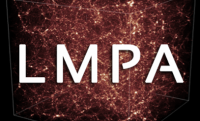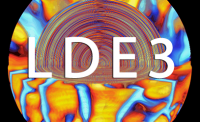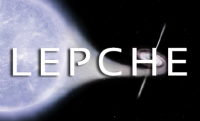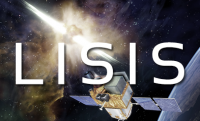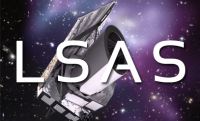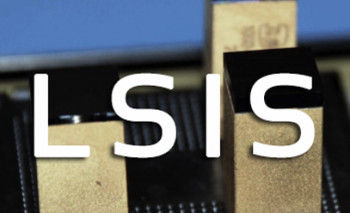The AIM "Dynamics of Stars, Exoplanets and their Environment" team aims to develop cutting-edge research to understand the internal and external structure, dynamics, and evolution of the Sun, stars, and planets, as well as the atmospheres of exoplanets. Additionally, the research teams study gravitational, magnetic, and radiative interactions at different scales between these celestial bodies and their environment, as well as the orbital architecture of planetary systems.
